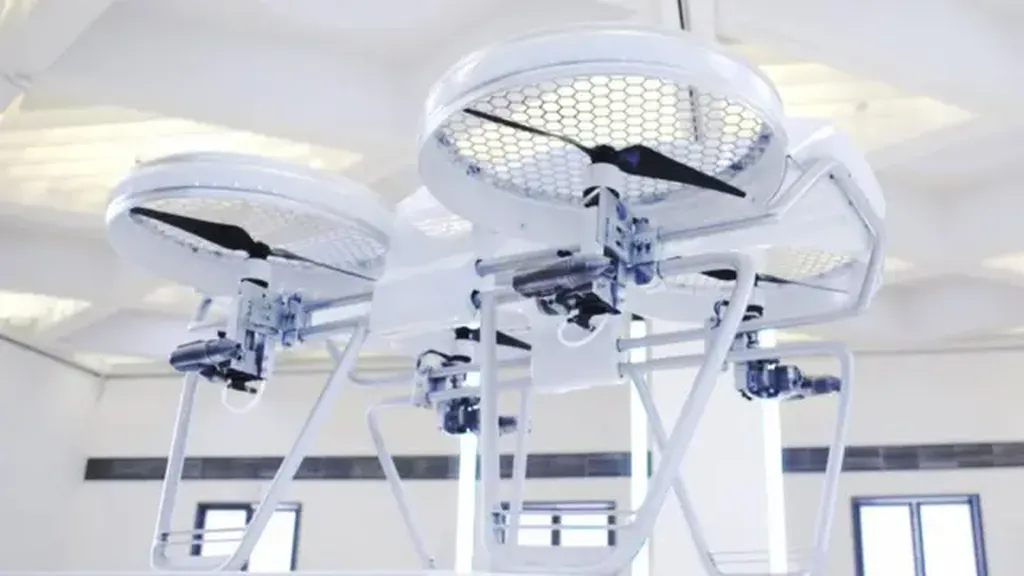In the rapidly evolving landscape of unmanned aerial vehicles (UAVs), multi-rotor systems, particularly quadcopters, are emerging as a transformative force across various industries, including the energy sector. A recent comprehensive review published in the journal *Aerospace Technology* (فناوری در مهندسی هوافضا) by Saman Yazdannik, a Master’s student in Aerospace Engineering at K. N. Toosi University of Technology in Tehran, Iran, delves into the multifaceted applications and challenges of these versatile systems. The research underscores the significant potential of multi-rotor drones to redefine operational paradigms, mitigate risks, and reduce costs, thereby fostering broader adoption.
Multi-rotor drones have already made substantial inroads into fields such as surveillance, wireless network coverage, remote sensing, search and rescue, package delivery, telemedicine, security, monitoring, precision agriculture, traffic management, and infrastructure inspection. Their agility, maneuverability, and advanced sensing capabilities make them invaluable tools for enhancing efficiency and safety across diverse sectors.
“These systems are not just tools; they are catalysts for innovation,” Yazdannik explains. “Their ability to access hard-to-reach areas, coupled with real-time data collection and analysis, opens up new possibilities for industries like energy, where safety and precision are paramount.”
In the energy sector, multi-rotor drones are poised to revolutionize operations. They can inspect power lines, pipelines, and wind turbines with unprecedented accuracy, reducing the need for human intervention in hazardous environments. This capability not only enhances safety but also minimizes downtime and maintenance costs. Additionally, drones equipped with advanced sensors can monitor environmental impacts, ensuring compliance with regulatory standards and promoting sustainable practices.
However, the integration of multi-rotor systems is not without its challenges. Yazdannik’s review highlights issues such as regulatory hurdles, battery life limitations, and the need for robust communication networks. Addressing these challenges will require collaborative efforts between industry stakeholders, policymakers, and technological innovators.
“While the potential is immense, the path forward is not without obstacles,” Yazdannik acknowledges. “But with concerted efforts, we can overcome these challenges and unlock the full potential of multi-rotor systems.”
The research also points to a promising future for the drone market, with projections indicating a $45 billion valuation within the civil infrastructure sector by the end of the decade. This growth is expected to attract more investors and specialists, further driving innovation and integration within the UAV ecosystem.
As the energy sector continues to evolve, the role of multi-rotor drones will undoubtedly expand. Their ability to enhance operational efficiency, safety, and sustainability makes them indispensable tools for the future. With ongoing advancements and collaborative efforts, these systems are set to redefine the boundaries of what is possible, paving the way for a more connected and efficient world.

